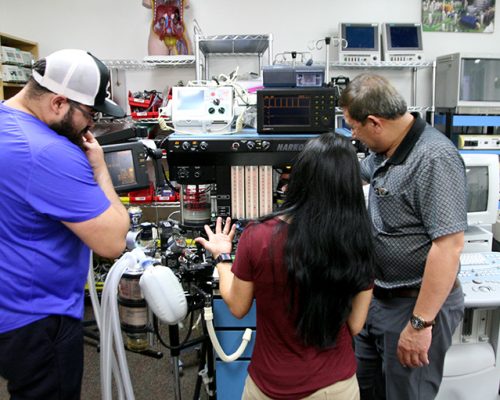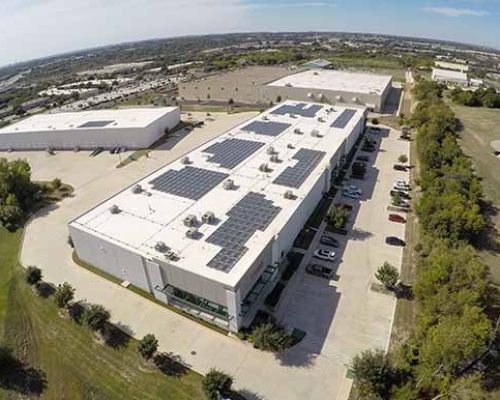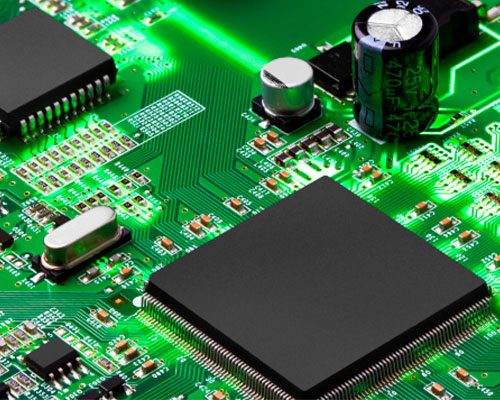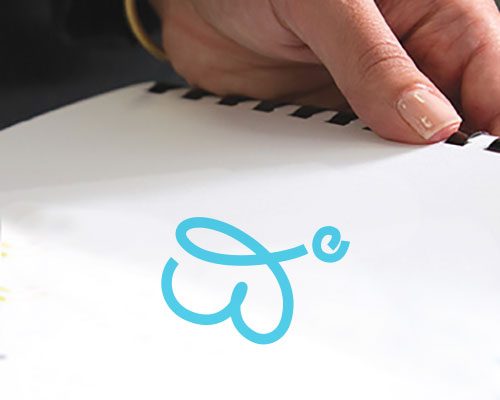In the sensitive environment of the Neonatal Intensive Care Unit (NICU), even minute details can greatly influence a neonate’s growth and comfort. Among these, infant positioning aids stand out as versatile tools, performing multiple roles to aid both caregivers and the babies they nurture. For those unfamiliar with the multifaceted capabilities of infant positioning aids, here’s a detailed look at how they can be used for various NICU applications.
Why Positioning Matters in the NICU
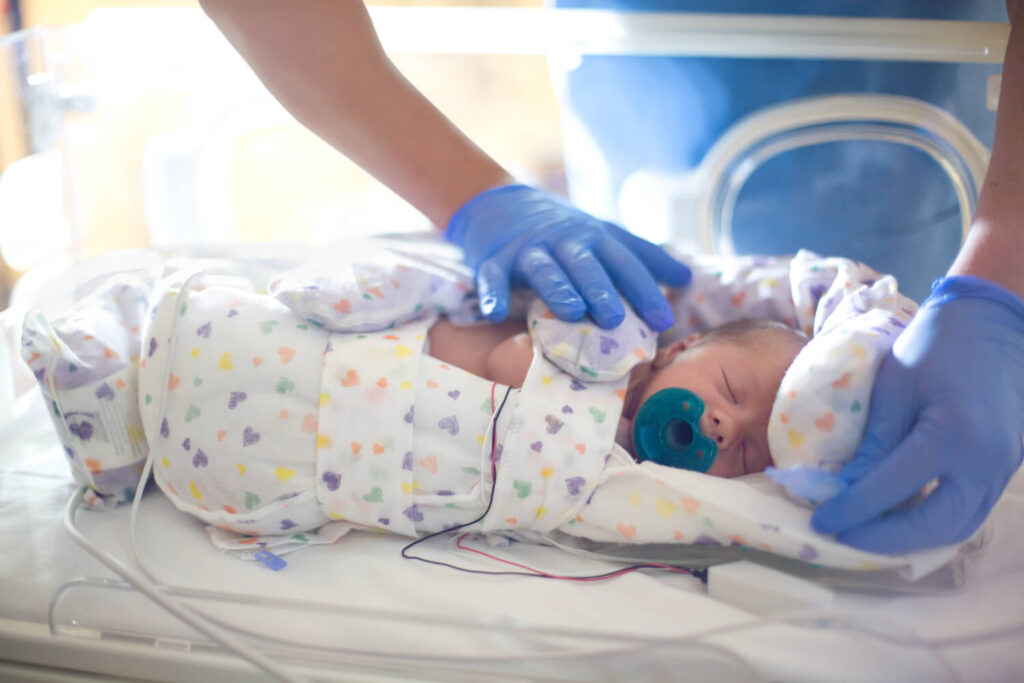
Before delving into specific tasks, it’s essential to grasp why positioning holds such significance in the NICU. Proper positioning:
- Reduces physiological and environmental stressors.
- Encourages optimal neuromuscular development.
- Minimizes the potential for pressure ulcers or skeletal deformities.
- Enhances overall comfort and well-being for the neonate.
Learn more about the importance of infant positioning in this post from the International Biomedical blog.
Infant Positioners in Action: Different Tasks, Diverse Solutions

Promoting Prone and Supine Positions
To encourage proper lung function, motor development, and skeletal health, neonates often need to be alternated between prone (lying on the stomach) and supine (lying on the back) positions. Positioners help maintain these postures, ensuring the baby’s safety and comfort.
Elevating the Head
For neonates with certain respiratory or gastrointestinal conditions, head elevation can facilitate easier breathing and digestion. Wedge-shaped positioners are perfect for this, granting a gentle incline while supporting the infant’s head and neck.
Creating Boundaries
Especially for preterm infants, the NICU can feel vast and overwhelming. Nest-like positioners create a snug environment, mimicking the womb’s confines, which helps reduce stress and offers a sense of security.
Facilitating Kangaroo Care
Kangaroo care, where babies are held skin-to-skin with their parents, is vital for emotional bonding and physiological stability. Positioners can support this by ensuring that the baby’s spine and neck are aligned, allowing both parent and child to relax during the process.
Assisting with Medical Procedures
From blood tests to more invasive procedures, neonates in the NICU often undergo numerous medical interventions. Positioners can be adjusted to expose the necessary body parts, giving medical professionals unobstructed access while ensuring the infant remains secure and experiences minimal discomfort.
Preventing Flat Head Syndrome (Plagiocephaly)
Head positioners are specially designed tools that distribute pressure evenly across the neonate’s skull, preventing localized flat spots and ensuring proper cranial development.
Choosing the Right Positioner for the Task
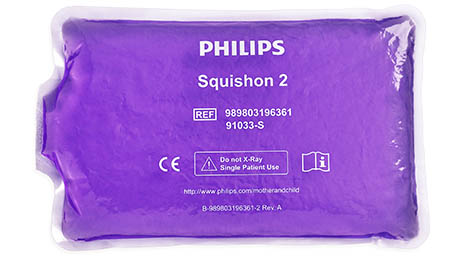
Not all positioners are created equal, and the right tool can make a world of difference:
- Materials: Positioners made of soft, breathable, and non-toxic materials ensure both safety and comfort.
- Adaptability: Customizable positioners, which can be adjusted for specific needs, are invaluable in a dynamic NICU setting.
- Ease of Cleaning: In the hygiene-sensitive environment of the NICU, positioners that are easy to clean and maintain are crucial.
Infant Positioning Aids as Silent Caregivers in the NICU
Infant positioning aids, while unassuming, play a pivotal role in the multifaceted NICU ecosystem. They assist caregivers, and comfort neonates, and ensure that each medical procedure is conducted with the utmost precision and care.
At International Biomedical, we recognize the silent contributions of these tools. Through our range of meticulously designed infant positioning aids, we aim to support NICU professionals in their noble mission – nurturing neonates toward a healthier tomorrow.



